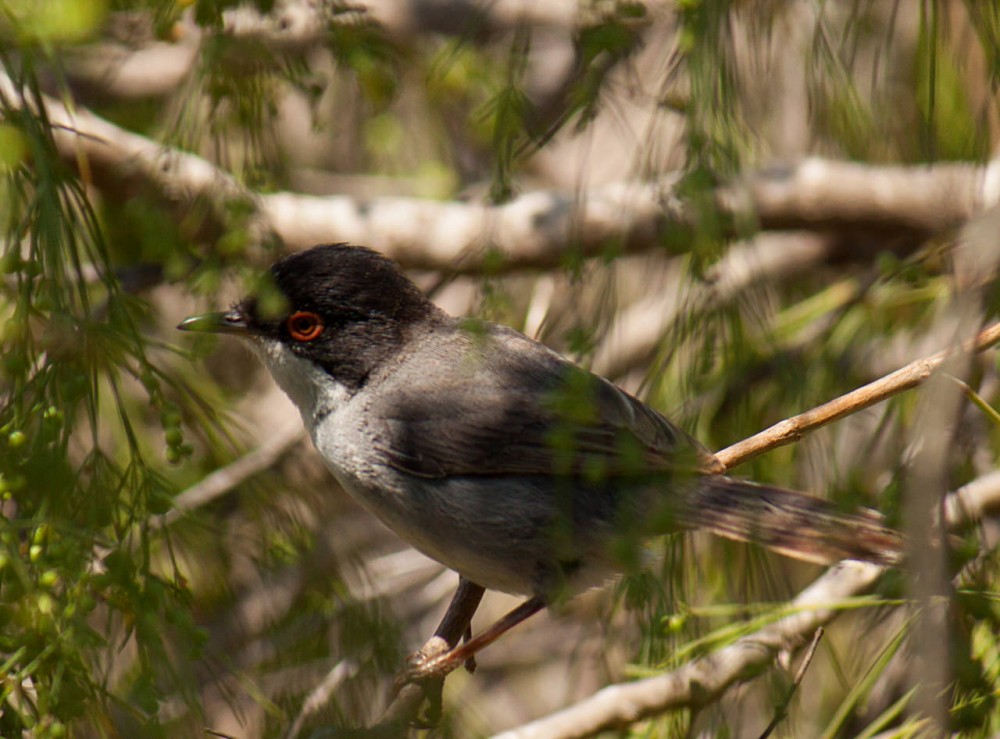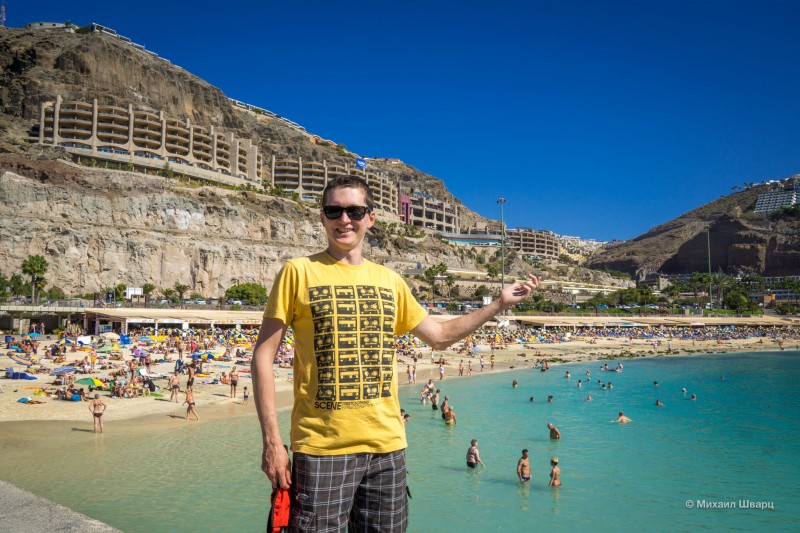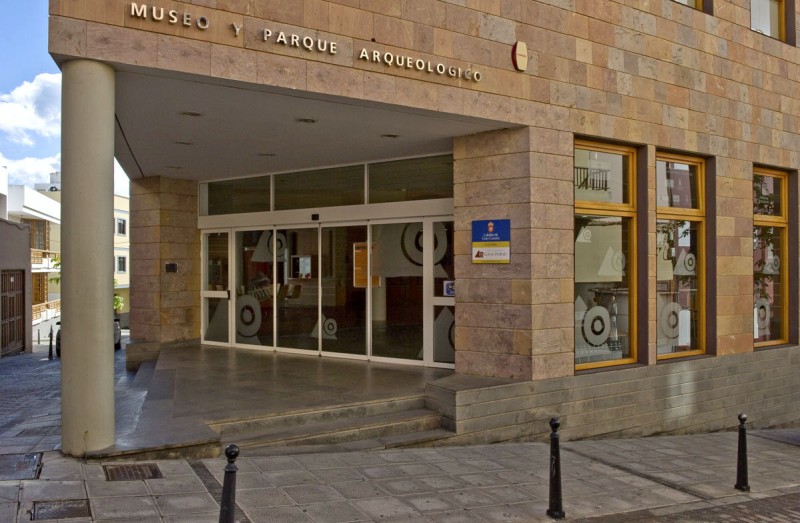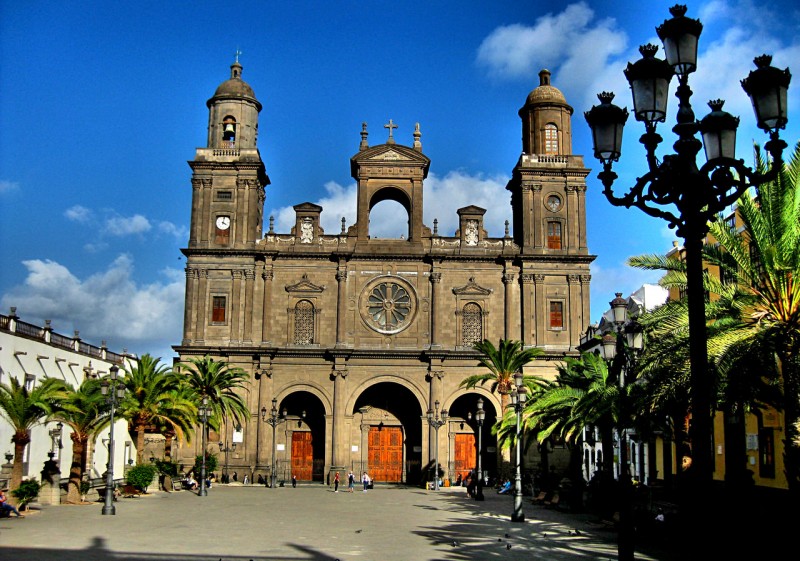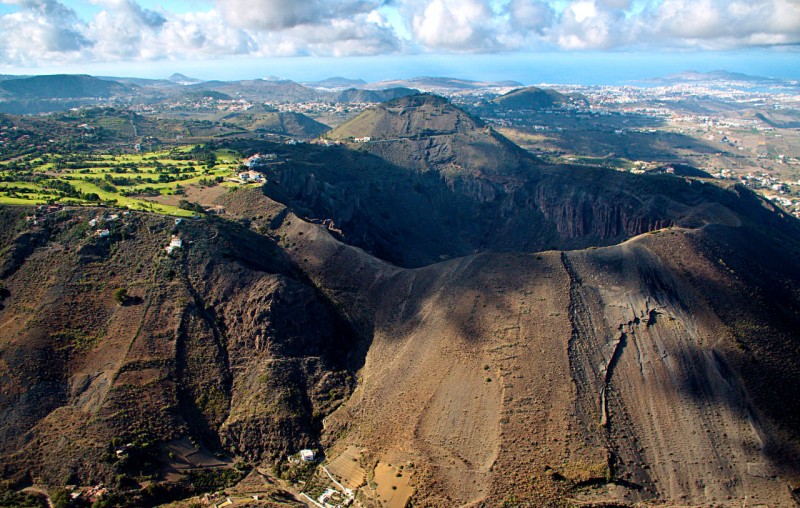
One of the main natural attractions of Gran Canaria is the Maspalomas National Reserve. The Maspalomas Dunes (Dunas de Maspalomas) are a tourist’s Eden on the southern part of the island, a picturesque desert covered with pure sea sand.
The entire Maspalomas tourist complex covers 1,060 hectares. It includes coastal beaches, hotels, bungalows, restaurants, and shops. Part of the Maspalomas resort is the town of the same name. The Maspalomas dune area occupies 403 hectares, and its length is over three kilometers.

The ecosystem of the national park is divided into two natural zones – the sand dunes and the La Charca lagoon. The climate here is special and unique. Maspalomas is protected by a mountain range, and there is almost no precipitation. Dry, sunny, and moderately warm weather prevails year-round.
The Maspalomas dunes appear almost alive. Their relief is unstable, the outlines of the dunes are constantly changing, and the sandy hills move under the influence of the wind. It seems that only this yellow sand changes under the deep blue sky, while the surrounding space and time stand still.
The dunes are particularly beautiful at sunset, under the golden evening sun and light pink clouds. They cannot be called an absolute desert – among these sands, representatives of desert flora can be found: thickets of droc and tamarisk, ephemeral plants with a short development cycle, capable of moving along with the movement of the dunes. Rare insects also live here. Some species are found only in Maspalomas and the deserts of Africa.
Closer to the La Charca lagoon, the sandy landscape gives way to the green El Oasis zone. There, tall palms grow, and seabirds dwell. On the shores of the lagoon, huge spiny balls of bulrush can be found, similar to our tumbleweed. During the day, birds take shelter from the heat in these balls. In the oasis, you can also encounter the “queen” of Gran Canaria – the giant Canarian lizard, el lagarto canarión.
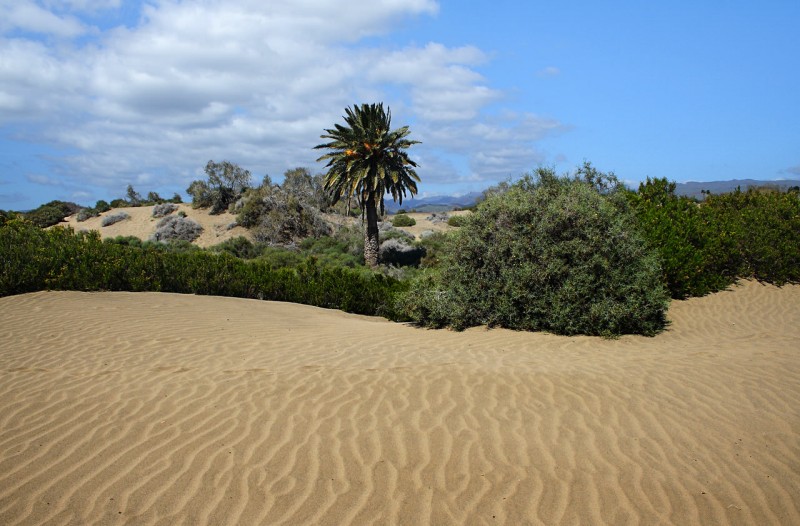
In the La Charca lagoon, nature has created unique conditions for fauna and flora. During the rainy season, the narrow spit separating the lagoon from the Atlantic is washed away, and the salt concentration increases. With the ocean waters come fish, mollusks, and seaweed.

It’s enjoyable to walk through the dunes, but you can also traverse this small desert in the appropriate manner – on camelback. You can rent a majestic “ship of the sands” and move across the dunes towards the western end of the nature reserve.
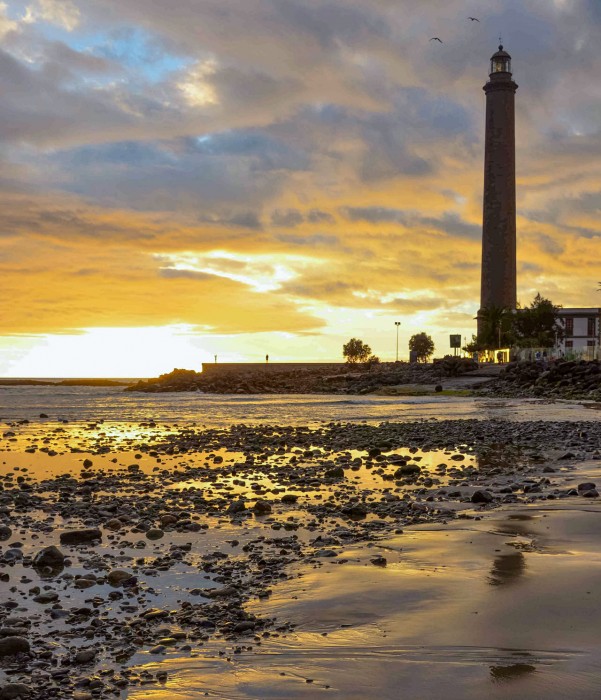
Overlooking the beaches of the El Oasis zone stands the aged, darkened Faro de Maspalomas Lighthouse. This lighthouse is still operating. Faro de Maspalomas was built in 1890 when these lands were completely deserted. To this day, Faro guides ships. From the 60-meter-high observation deck of Faro de Maspalomas, you can see the dunes, the turquoise La Charca lagoon, and the boundless ocean.
The Maspalomas Dunes were designated as a national park in 1994.
- Национальный парк Дюны Маспаломас
- Dunas de Maspalomas
- Адрес: Gran Canaria, España
- GPS: 27,74160 -15,58553





